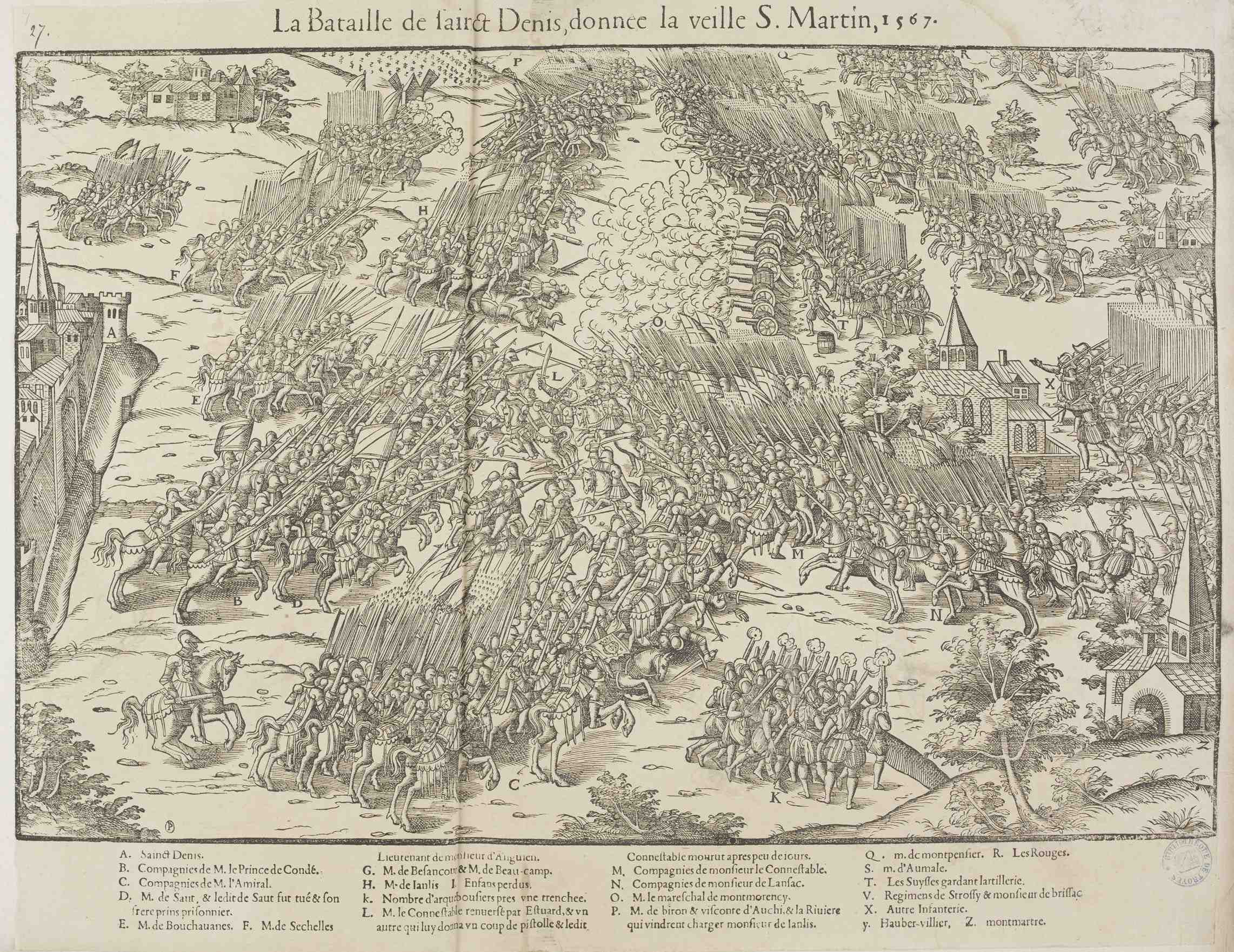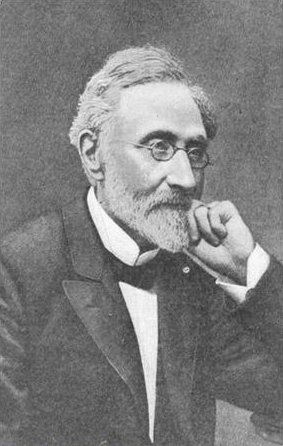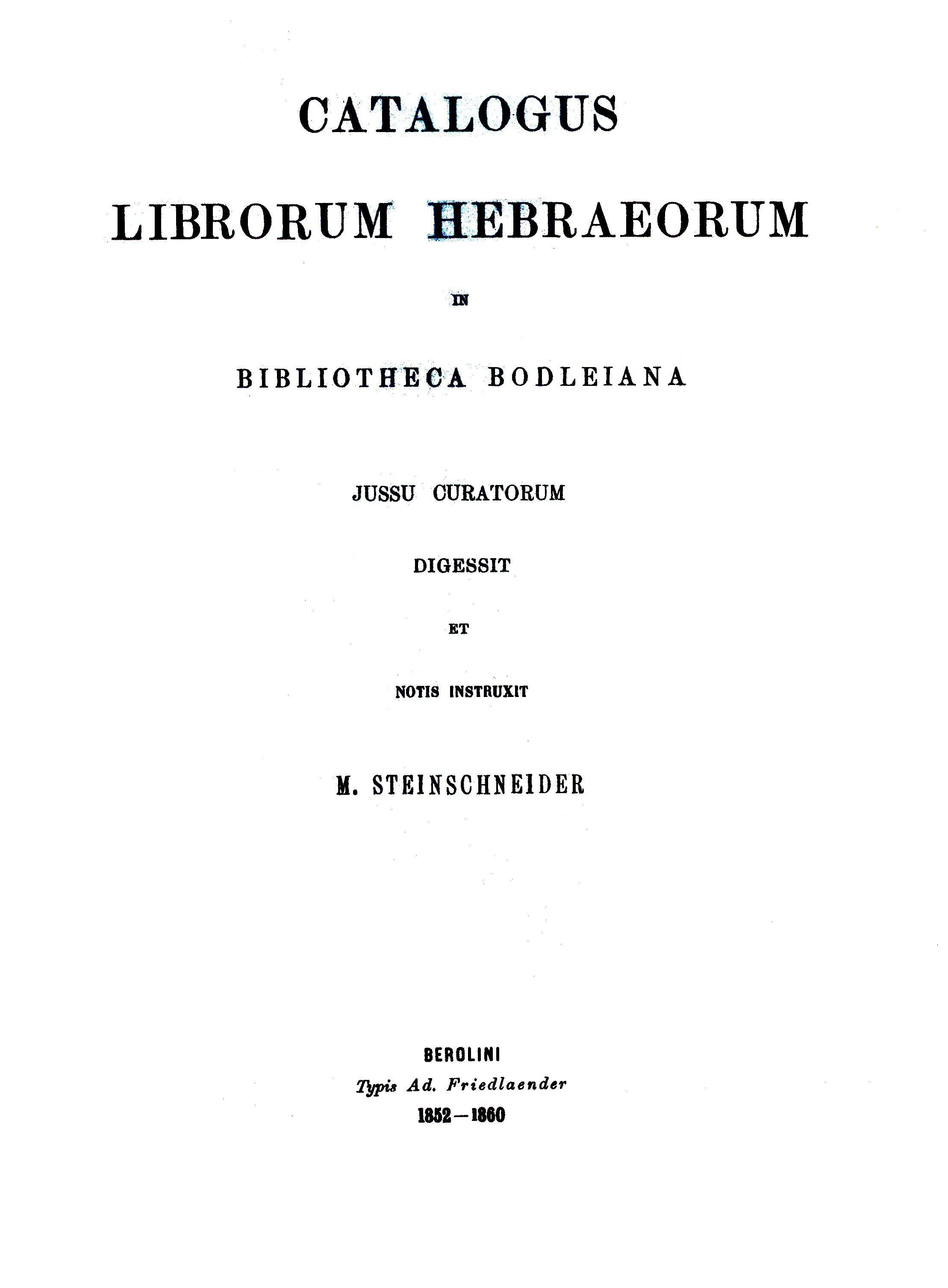|
Moses Hamon
Moses Amon also known as Moses Hamon (Granada, c. 1490 – 1554) (Amon) was the son of Joseph Hamon, born in Spain. Going with his father to Constantinople, he became physician to Suleiman the Magnificent. This "famous prince and great physician," as he is called by Judah ibn Verga, accompanied the monarch on all his expeditions, enjoying great favor on account of his knowledge and skill. Amon was a fine linguist, versed in Arabic, Turkish, and Persian, and was a patron of Jewish learning. He printed some Hebrew works at Constantinople as early as 1515 and 1516. He also built in that city, at his own cost, a school which was presided over by the learned Joseph Taitazak of Salonica. He did not, however, translate the Pentateuch into Persian, nor the prayers of the Israelites into Turkish, as Manasseh b. Israel records, but he had Jacob Tavus' Persian Pentateuch translation, together with Saadia's Arabic translation, printed at his own expense in 1546. Amon, who was everywher ... [...More Info...] [...Related Items...] OR: [Wikipedia] [Google] [Baidu] |
Granada
Granada (,, DIN: ; grc, Ἐλιβύργη, Elibýrgē; la, Illiberis or . ) is the capital city of the province of Granada, in the autonomous community of Andalusia, Spain. Granada is located at the foot of the Sierra Nevada mountains, at the confluence of four rivers, the Darro, the Genil, the Monachil and the Beiro. Ascribed to the Vega de Granada ''comarca'', the city sits at an average elevation of above sea level, yet is only one hour by car from the Mediterranean coast, the Costa Tropical. Nearby is the Sierra Nevada Ski Station, where the FIS Alpine World Ski Championships 1996 were held. In the 2021 national census, the population of the city of Granada proper was 227,383, and the population of the entire municipal area was estimated to be 231,775, ranking as the 20th-largest urban area of Spain. About 3.3% of the population did not hold Spanish citizenship, the largest number of these people (31%; or 1% of the total population) coming from South America. Its nearest ... [...More Info...] [...Related Items...] OR: [Wikipedia] [Google] [Baidu] |
Saadia
Saʻadiah ben Yosef Gaon ( ar, سعيد بن يوسف الفيومي ''Saʻīd bin Yūsuf al-Fayyūmi''; he, סַעֲדְיָה בֶּן יוֹסֵף אַלְפַיּוּמִי גָּאוֹן ''Saʿăḏyāh ben Yōsēf al-Fayyūmī Gāʾōn''; alternative English names: Rabbeinu Sa'adiah Gaon ("our Rabbi heSaadia Gaon"), often abbreviated RSG (RaSaG); Saadia b. Joseph; Saadia ben Joseph; Saadia ben Joseph of Faym; or Saadia ben Joseph Al-Fayyumi; 882/892 – 942) was a prominent rabbi, gaon, Jewish philosopher, and exegete who was active in the Abbasid Caliphate. Saadia is the first important rabbinic figure to write extensively in Judeo-Arabic. Known for his works on Hebrew linguistics, Halakha, and Jewish philosophy, he was a practitioner of the philosophical school known as the " Jewish Kalam". In this capacity, his philosophical work '' The Book of Beliefs and Opinions'' represents the first systematic attempt to integrate Jewish theology with components of ancient Greek ... [...More Info...] [...Related Items...] OR: [Wikipedia] [Google] [Baidu] |
1567 Deaths
__NOTOC__ Year 1567 ( MDLXVII) was a common year starting on Wednesday (link will display the full calendar) of the Julian calendar. Events January–June * January – A Spanish force under the command of Captain Juan Pardo establishes Fort San Juan, in the Native American settlement of Joara. The fort is the first European settlement in present-day North Carolina. * January 20 – Battle of Rio de Janeiro: Portuguese forces under the command of Estácio de Sá definitively drive the French out of Rio de Janeiro. * January 23 – After 45 years' reign, the Jiajing Emperor dies in the Forbidden City of China. * February 4 – The Longqing Emperor ascends the throne of the Ming Dynasty. * February 10 – Henry Stuart, Lord Darnley, husband of Mary, Queen of Scots, is murdered at the Provost's House in Kirk o' Field, Edinburgh. * March 13 – Battle of Oosterweel: A Spanish mercenary army surprises and kills a band of rebels near Antwerp in ... [...More Info...] [...Related Items...] OR: [Wikipedia] [Google] [Baidu] |
1490s Births
149 may refer to: *149 (number), a natural number * AD 149, a year in the 2nd century AD *149 BC, a year in the 2nd century BC *British Airways Flight 149 British Airways Flight 149 was a flight from London Heathrow Airport to Sultan Abdul Aziz Shah Airport, then the international airport for Kuala Lumpur, Malaysia, via Kuwait and Madras International Airports, operated by British Airways using ..., a flight from LHR to Kuwait City International Airport; the aircraft flying this flight was destroyed by Iraqi troops See also * List of highways numbered 149 * {{Number disambiguation ... [...More Info...] [...Related Items...] OR: [Wikipedia] [Google] [Baidu] |
Meyer Kayserling
Meyer Kayserling (also '' Meir'' or ''Moritz'', 17 June 1829 – 21 April 1905) was a German rabbi and historian. Life Kayserling was born in Hanover, and was the brother of writer and educator Simon Kayserling. He was educated at Halberstadt, at Nikolsburg (Moravia) where he studied under Samson Raphael Hirsch, at Prague where he studied under S.J. Rapoport, at Würzburg where he studied under Seligman Baer Bamberger, and finally at the Humboldt University of Berlin. He devoted himself to history and philosophy. Encouraged in historical researches in Berlin by Leopold von Ranke, Kayserling turned his attention to the history and literature of the Jews of the Iberian Peninsula. In 1861 the government of Aargau appointed him rabbi of the two Swiss Jewish municipalities of Endingen and Lengnau in Surbtal, an office he held until 1870. During his residence in Switzerland he argued in favor of civil equality for his coreligionists, and also maintained contacts with high- ... [...More Info...] [...Related Items...] OR: [Wikipedia] [Google] [Baidu] |
Gotthard Deutsch
Gotthard Deutsch (; 31 January 1859 – 14 October 1921) was a scholar of Jewish history. Education Deutsch was born in Dolní Kounice, Moravia, Austria, as Eliezer Deutsch, the son of Bernhard L. Deutsch, a merchant, and Elise Wiener. He always called himself Gotthard, an attempted translation into German of his Jewish given name. Deutsch entered Jewish Theological Seminary of Breslau in October 1876. While attending seminary classes, he also enrolled in afternoon classes at the University of Breslau. At the seminary, he was influenced by the noted Jewish historian Heinrich Graetz. Matriculating in 1879 at the University of Vienna, two years later he received his Ph.D. in history. While attending the university, he enrolled in a Talmudic course taught by Isaac Hirsch Weiss at Beth Hammidrash. During his studies in Vienna, Deutsch drew inspiration and guidance from both Weiss and Adolf Jellinek, an authority in Midrashic research. Shortly after his graduation, Deutsch re ... [...More Info...] [...Related Items...] OR: [Wikipedia] [Google] [Baidu] |
Heinrich Grätz
Heinrich Graetz (; 31 October 1817 – 7 September 1891) was amongst the first historians to write a comprehensive history of the Jewish people from a Jewish perspective. Born Tzvi Hirsch Graetz to a butcher family in Xions (now Książ Wielkopolski), Grand Duchy of Posen, in Prussia (now in Poland), he attended Breslau University, but since Jews at that time were barred from receiving Ph.D.s there, he obtained his doctorate from the University of Jena.''Encyclopaedia Judaica'' (2007, 2nd ed.) entry on "Graetz, Heinrich," by Shmuel Ettinger and Marcus Pyka After 1845 he was principal of the Jewish Orthodox school of the [...More Info...] [...Related Items...] OR: [Wikipedia] [Google] [Baidu] |
Eliakim Carmoly
Eliakim Carmoly (5 August 1802 in Soultz-Haut-Rhin, France – 15 February 1875 in Frankfurt) was a French scholar. He was born at Soultz-Haut-Rhin, then in the French department of Haut-Rhin. His real name was ''Goschel David Behr'' (or ''Baer''); the name ''Carmoly'', borne by his family in the fourteenth and fifteenth centuries, was adopted by him when quite young. He studied Hebrew and Talmud at Colmar; and, because both French and German were spoken in his native town, he became proficient in those languages. Carmoly went to Paris, and there assiduously studied the old Hebrew manuscripts in the Bibliothèque Nationale, where he was employed. Several articles published by him on various subjects in scientific papers made him known; and on the establishment of a Jewish consistory in Belgium, he was appointed rabbi at Brussels (18 May 1832). In this position Carmoly rendered many services to the newly founded congregation, chiefly in providing schools for the poor. Seven ye ... [...More Info...] [...Related Items...] OR: [Wikipedia] [Google] [Baidu] |
Moritz Steinschneider
Moritz Steinschneider (30 March 1816, Prostějov, Moravia, Austrian Empire – 24 January 1907, Berlin) was a Moravian bibliographer and Orientalist. He received his early instruction in Hebrew from his father, Jacob Steinschneider ( 1782; March 1856), who was not only an expert Talmudist, but was also well versed in secular science. The house of the elder Steinschneider was the rendezvous of a few progressive Hebraists, among whom was his brother-in-law, the physician and writer Gideon Brecher. Education At the age of six Steinschneider was sent to the public school, which was still an uncommon choice for Jews in the Austro-Hungarian empire at the time; and at the age of thirteen he became the pupil of Rabbi Nahum Trebitsch, whom he followed to Mikulov, Moravia in 1832. The following year, in order to continue his Talmudic studies, he went to Prague, where he remained until 1836, attending simultaneously the lectures at the Normal School. In 1836 Steinschneid ... [...More Info...] [...Related Items...] OR: [Wikipedia] [Google] [Baidu] |
Samuel Usque
Samuel Usque ( Lisbon, c.1500 - after 1555 in Italy or Palestine) was a Portuguese converso Jewish author who settled in Ferrara. His major work is the ''Consolação às Tribulações de Israel'' ("Consolation for the Tribulations of Israel"), Ferrara, 1553. He appears to be the only one of the contemporaries of Solomon ibn Verga to have made use of the latter's ''Sceptre of Judah.'' He is credited with coining the epithet "Mother of Israel" (Judaeo-Spanish: ''Madre de Israel'') for the Greek city of Thessaloniki Thessaloniki (; el, Θεσσαλονίκη, , also known as Thessalonica (), Saloniki, or Salonica (), is the second-largest city in Greece, with over one million inhabitants in its Thessaloniki metropolitan area, metropolitan area, and the capi ....Gallery labels, Jewish Museum of Thessaloniki. References {{DEFAULTSORT:Usque, Samuel Portuguese male writers Portuguese Renaissance writers 1500s births 16th-century deaths People from Lisbon 16th-century Port ... [...More Info...] [...Related Items...] OR: [Wikipedia] [Google] [Baidu] |
Joseph Ha-Kohen
Joseph ben Joshua ben Meïr ha-Kohen (also Joseph HaKohen, Joseph Hakohen or Joseph Hacohen) (20 December 1496 in Avignon, France – 1575 or shortly thereafter, Genoa, Italy) was a historian and physician of the 16th century. Life Joseph's paternal family originally lived at Cuenca, Castile. His mother, Dolca, originated from Aragon. When the Jews were expelled from Spain the family settled at Avignon. At the age of five Joseph left Avignon with his parents and went to Genoa, where they remained until 1516. Driven from that city, they went to Novi, but returned to Genoa in 1538, where Joseph practiced medicine for twelve years. On June 3, 1550, he and all his coreligionists were driven from Genoa as a consequence of the rivalry of the non-Jewish physicians. Joseph then settled at Voltaggio, at the request of the citizens of that small town, practicing there until 1567. When the Jews were driven out of the territory of Genoa, he went to Costeletto (Montferrat), where he was v ... [...More Info...] [...Related Items...] OR: [Wikipedia] [Google] [Baidu] |
David Conforte
David Conforte (c. 1618 – c. 1685) () was a Hebrew literary historian born in Salonica, author of the literary chronicle known by the title ''Ḳore ha-Dorot.'' Biography Conforte came of a family of scholars. His early instructors were rabbis Hayyim Shabbethai, Israel Ze'evi, Judah Girasi and Baruch Angel. As a young man, he studied the Kabbala under R. Jefeth the Egyptian, and philosophy under R. Levi Pasriel. His chief teachers, however, were Mordecai Kalai and Daniel Estroza. Conforte married a granddaughter of Menahem Lonzano. He journeyed twice to the Land of Israel (then part of Ottoman Syria), once in 1644, alone, and a second time in 1652, when, together with his family, he settled in Jerusalem, founding there a study hall. In 1671, however, he was in Egypt, where he occupied the position of '' dayan''. He is also known to have been in Smyrna. ''Kore ha-Dorot'' Conforte's chief work is a literary chronicle now known by the title ''Ḳore ha-Dorot,'' which contains ... [...More Info...] [...Related Items...] OR: [Wikipedia] [Google] [Baidu] |
.jpg)



